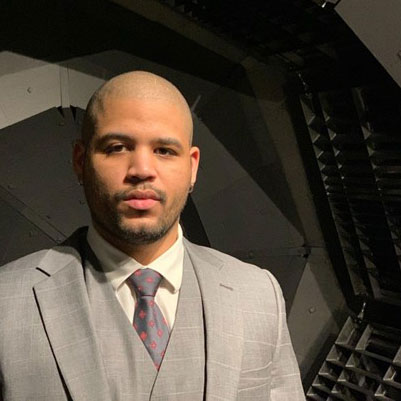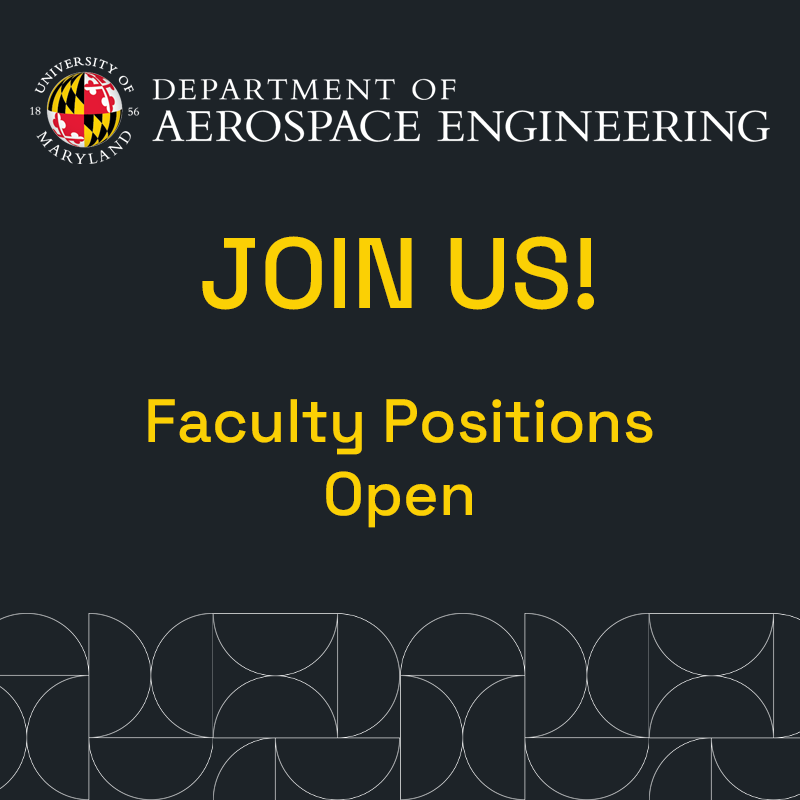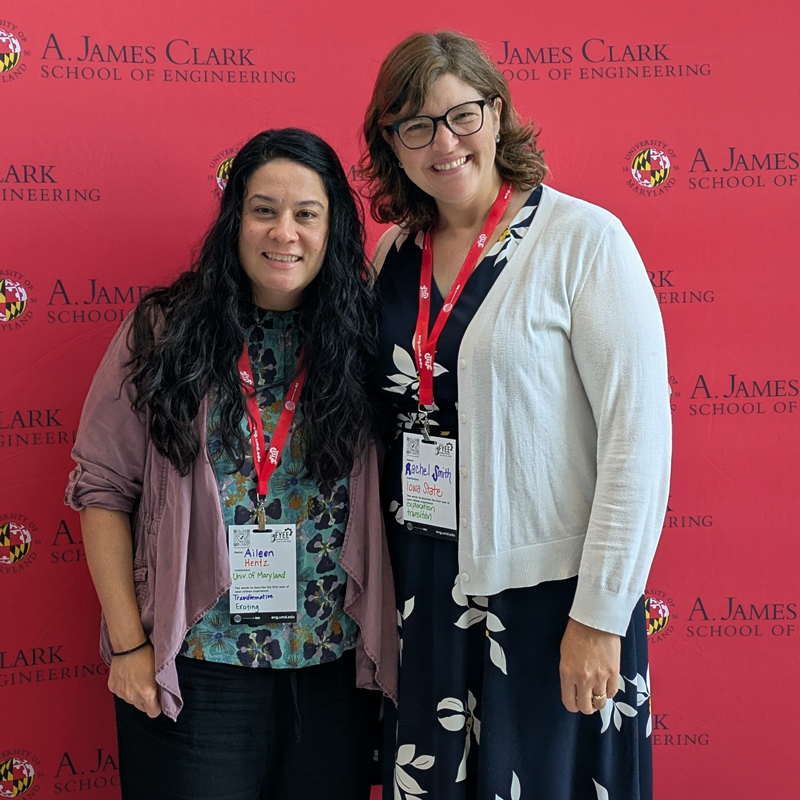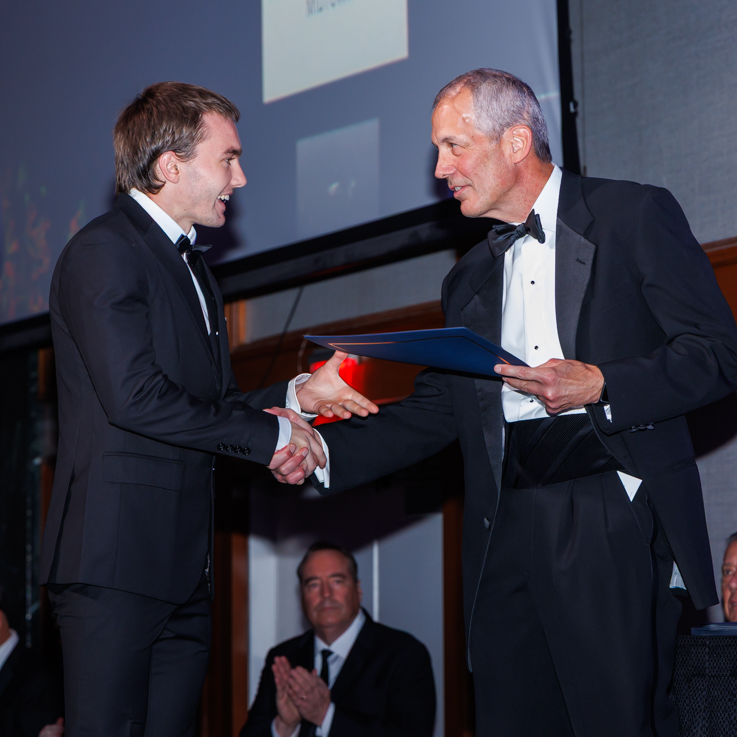News Story
Celebrating Hispanic Aerospace Engineers: Jean Luis Suazo Betancourt

Jean Luis Suazo Betancourt graduated cum laude with a B.S. degree in aerospace engineering from the University of Maryland (UMD) in 2017. He then went on to earn his master’s and Ph.D. degrees from Georgia Tech. Currently, Jean is a member of the technical staff at The Aerospace Corporation, working in the Space Enterprise Design and Optimization Department as a modeling and simulation engineer.
Where/How did you get started on your Aerospace Engineering journey?
I wanted to be an engineer from the time I was a kid. I was good at math and science, and I come from a family of mechanics, it seemed like a natural fit for me.
Who/what inspires you?
My family inspires me and pushes me to work hard to do my best at anything and everything that I pursue. Being a family of first-generation immigrants really lights a fire in you as you know that you came to this country to prepare yourself and be able to take advantage of opportunities.
What has helped you succeed in your Aero journey?
The professors and the TAs. The teaching structure at UMD Aerospace Engineering and the facilitation of access to support either through office hours, direct contact with the professors, and other organizations that provide academic support ensures that if you seek it out help is available to you.
What advice would you offer current students?
I would say be prepared to work hard, especially in the junior and senior level courses [like dynamics and controls!]. I would also say seek out extracurricular activities within and outside of the department. Not only will you build community, but you will develop skills that will facilitate either your transition to grad school or the workforce when you graduate.
What have been some of your greatest personal/professional successes?
I recently defended my Ph.D. in aerospace engineering at Georgia Tech, having implemented one of the only two large vacuum test facility laser Thomson scattering systems in existence so we could study the plasma coming out of Hall thrusters. That came with a bunch of smaller sub-successes, implementing a smaller system that was unique for what we could investigate, trained younger graduate students, wrote some papers that were well received, etc. A lot of grinding, but I was only able to be competitive at Georgia Tech because of the foundation I left UMD with.
Published October 4, 2024









